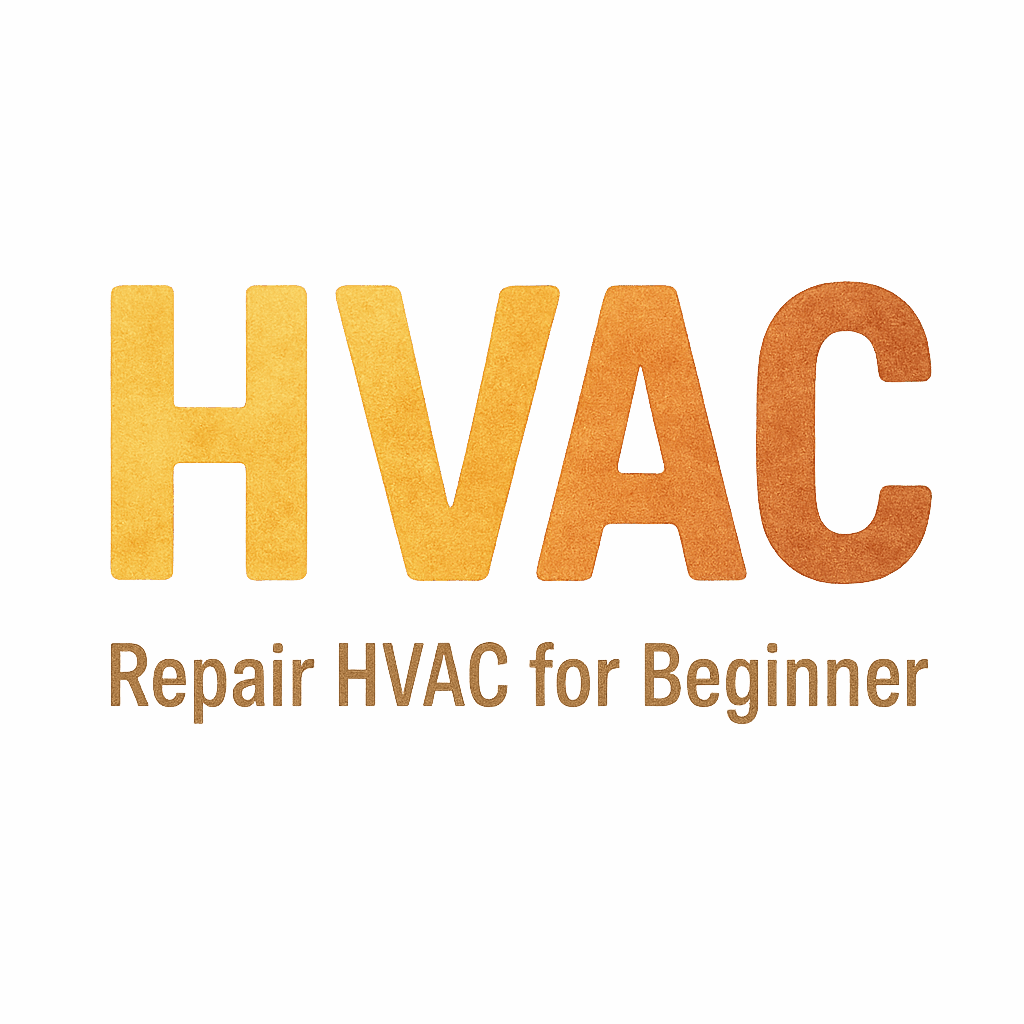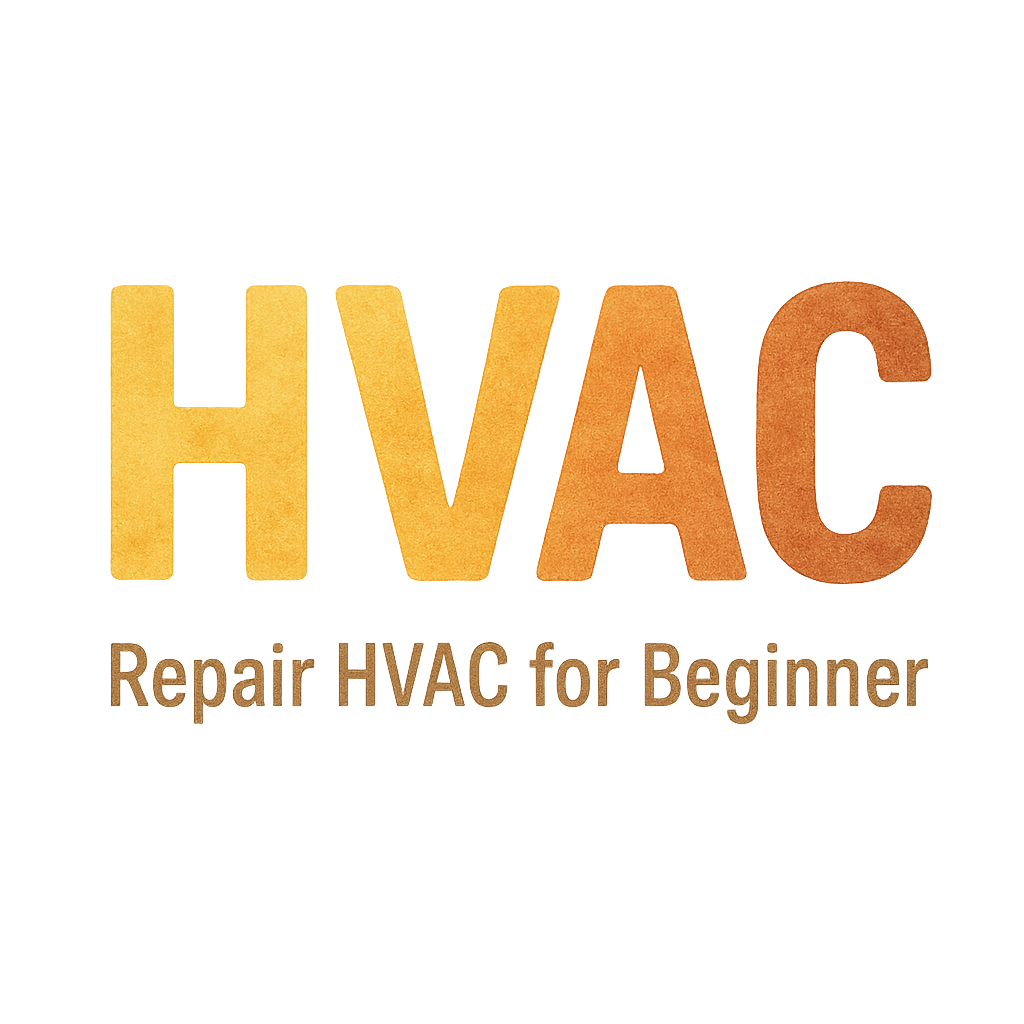Mistakes to Avoid When Starting HVAC Repairs
If you’re a DIY enthusiast looking to tackle HVAC repairs, you’re not alone! Many homeowners are eager to save money and take pride in fixing their own systems. However, HVAC systems are complex, and a minor mistake can lead to costly repairs or even safety hazards. In this article, we’ll walk you through five common mistakes beginners make when starting HVAC repairs and how to avoid them, so you can keep your home’s heating and cooling running efficiently.

Introduction
When your HVAC system starts acting up, it’s tempting to take matters into your own hands and fix it yourself. The thought of saving on professional repair costs and the satisfaction of handling the job can be enticing. However, HVAC systems involve intricate components and delicate systems that, if mishandled, can lead to bigger problems.
Before attempting any HVAC repairs, it’s essential to understand the system, use the right tools, and follow proper safety protocols. In this article, we’ll highlight five mistakes to avoid when starting HVAC repairs and give you actionable tips to prevent them.
Mistake 1: Not Understanding the System Fully
The Importance of Knowledge in HVAC Repairs
One of the biggest mistakes DIYers make is jumping into HVAC repairs without fully understanding the system. HVAC systems consist of many interconnected components, including the thermostat, compressor, refrigerant lines, coils, and more. Without a basic understanding of how each part functions, you may unintentionally cause further damage or even make the problem worse.
It’s like trying to fix your car’s engine without knowing what each part does — you could end up making things worse instead of fixing them.
How to Learn the Basics
Before tackling any repairs, take the time to learn about your HVAC system. You can check out resources like our HVAC Basics for Beginners to get a solid understanding of how the system works. Additionally, HVAC manuals and video tutorials can provide helpful insights. Don’t hesitate to enroll in an HVAC course if you want more formal training. The more you know, the more equipped you’ll be for a successful repair.
Mistake 2: Skipping Safety Precautions
Essential Safety Gear
Safety is crucial when working on HVAC systems. Many people skip essential safety measures, which can lead to serious injuries. HVAC systems often involve electrical components and gas lines that can be dangerous if handled improperly.
To protect yourself, always wear the appropriate safety gear:
- Safety gloves to protect against sharp edges and hot surfaces.
- Safety goggles to shield your eyes from debris and chemicals.
- Sturdy work boots to protect your feet.
- A face mask to keep dust and allergens away, especially when working with old systems.
Importance of Turning Off Power
Turning off the power is one of the most important safety precautions when performing HVAC repairs. Many DIYers skip this step, which can result in electrical shock or even a fire hazard. Always turn off the power at the main electrical panel before working on any HVAC component. For more tips on how to stay safe during repairs, check out our HVAC Troubleshooting & Repair Guide.
H2: Mistake 3: Using the Wrong Tools
Common HVAC Tools You Need
Using the wrong tools for HVAC repairs is another common mistake. Using makeshift or incorrect tools can damage delicate components, make repairs more difficult, and even void your system’s warranty.
Here’s a list of the essential tools you’ll need for most HVAC repairs:
- Multimeter: For checking electrical connections and components.
- HVAC gauge set: To measure refrigerant pressure.
- Wrenches and pliers: For tightening or loosening nuts and bolts.
- Screwdrivers: Both flathead and Phillips for various fasteners.
- Vacuum pump: For evacuating the system when recharging refrigerant.
Why Using the Right Tools Matters
Using the correct tools ensures that repairs are done efficiently and without causing damage to your HVAC system. If you’re unsure of what tools are necessary for your project, check out our Tools and Equipment Guide for more information. Proper tools also make your job easier and safer, reducing the risk of costly mistakes.
Mistake 4: Ignoring Regular Maintenance
The Importance of Regular HVAC Maintenance
One of the most preventable mistakes is ignoring regular maintenance. Neglecting routine care can lead to bigger, more expensive issues down the road. Just like how regular oil changes extend the life of a car, regular HVAC maintenance extends the lifespan of your system.
By performing regular maintenance, you can prevent common issues like clogged filters, dirty coils, or low refrigerant levels. It’s much cheaper to maintain your HVAC system than to fix it after a breakdown.
Common Maintenance Tasks You Can Do
Routine maintenance doesn’t have to be complicated. Here are a few tasks you can do yourself to keep your HVAC system in top condition:
- Change air filters: Do this every 1-3 months to ensure your system runs efficiently.
- Clean the condensate drain: To prevent water damage and mold growth.
- Check for leaks: Inspect your ductwork for any signs of leaks or damage.
- Ensure the thermostat is working properly: If your thermostat is outdated or malfunctioning, replace it to maintain temperature control.
If you’re unsure about performing some of these tasks, check out our detailed HVAC Maintenance Checklist for more tips on how to keep your system running smoothly.
Mistake 5: Underestimating the Complexity of HVAC Repairs
Recognizing When to Call a Professional
DIY HVAC repairs can be rewarding, but it’s important to recognize when a problem is beyond your skill level. Some issues, such as refrigerant leaks, electrical problems, or complex system malfunctions, require the expertise of a professional.
While fixing a simple issue like a clogged filter might be easy, attempting more complicated repairs could end up doing more harm than good. If you’re unsure, don’t hesitate to call a certified HVAC technician. You can find a list of trusted professionals in your area through our HVAC Repair Resources.
The Risks of DIY HVAC Repairs
While DIY repairs can save you money in the short term, they also carry risks. If you mishandle refrigerants, tamper with electrical components, or fail to reassemble parts properly, you might make the issue worse — leading to even more costly repairs. Some DIY fixes can also void your system’s warranty, which is something to keep in mind.
Conclusion
DIY HVAC repairs can be a rewarding way to save money and learn about how your system works. However, it’s essential to approach these tasks with the right knowledge, tools, and safety precautions. By avoiding these five common mistakes, you can ensure that your HVAC system remains in good working condition and that any repairs are done efficiently and safely.
Remember, if you’re ever in doubt, don’t hesitate to consult a professional. Sometimes, knowing when to call for help is just as important as having the skills to fix the issue yourself.
FAQs
1. How do I know when to call an HVAC professional?
If you encounter issues like refrigerant leaks, electrical malfunctions, or anything too complicated, it’s time to call a professional. Professionals have the training and equipment needed to solve these problems.
2. Can I perform regular HVAC maintenance myself?
Yes, basic maintenance tasks like changing air filters, cleaning coils, and checking for leaks can often be handled by homeowners. However, more complicated tasks like refrigerant recharging should be left to professionals.
3. What tools do I need for HVAC repairs?
Essential tools include a multimeter, HVAC gauge set, wrenches, pliers, screwdrivers, and a vacuum pump. For a complete list, check our HVAC Tools & Equipment Guide.
4. What are the risks of DIY HVAC repairs?
DIY repairs can lead to electrical shocks, refrigerant leaks, and system damage. Improper repairs can also void warranties and cause more expensive problems later.
5. How often should I perform HVAC maintenance?
It’s recommended to perform regular maintenance at least once a year, with more frequent checks on filters and air quality.
6. Can I repair my HVAC system myself if I’m a beginner?
You can handle minor repairs like changing filters or cleaning the system. However, for complex issues, it’s always safer to consult a professional.
7. What’s the first step I should take when starting HVAC repairs?
Before diving in, make sure you have a full understanding of your HVAC system. Check out our HVAC Basics for Beginners for more insights. Always prioritize safety and use the proper tools before attempting any repairs.


